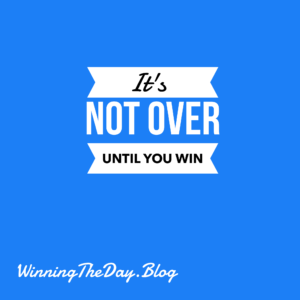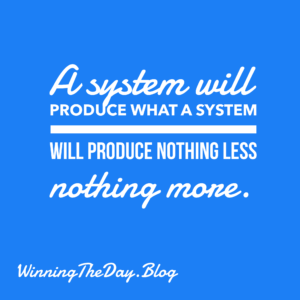As leaders and top performers in real estate, we know this business isn’t for the faint of heart. The market shifts, client emotions run high, and daily distractions can easily pull you off course. It’s in these moments that your mental toughness is truly tested.
I recently hosted a conversation on this very topic, and for those who couldn’t make it—or just need a quick refresher—here’s a recap of our conversation.
What Mental Toughness Really Means
Let’s clear the air: mental toughness isn’t about being a superhero who never feels doubt. It’s not about ignoring stress or pretending everything is perfect.
Instead, it’s the skill of staying focused and taking inspired action even when faced with immense pressure. It’s your ability to bounce back, adapt, and keep driving toward your goals, regardless of what’s happening around you.
The good news? This is a skill you can build. Here are four strategies to help you get there.
1. Control the Controllable
As leaders, we’re bombarded with things that are outside our control—market rumors, economic headlines, or a competitor’s actions. Wasting energy on these things is a losing game. The first step to building mental toughness is to consciously redirect your focus.
What can you control? Your attitude, your effort, your focus, and your response to any situation. By honing in on these controllable actions, you reclaim your power and put it toward productive, meaningful work.
2. Don’t Be Blindfolded
There’s a critical difference between being blindfolded and being blindsided.
When you’re blindfolded, you’re voluntarily missing the clues. You’re ignoring the early signs of a market shift, the feedback from your team, or the needs of a client. You put yourself at a disadvantage by not paying attention.
When you’re blindsided, you’re hit by something truly unexpected. In those moments, you have to lean on what you can control. Stay open and aware of what’s happening around you so you can spot the trends and prepare, rather than being caught off guard.
Speaking of which, the markets are moving. Are you giving your clients the data they need to price their homes correctly? Don’t be blindfolded. Use resources like Altos and RPR to stay ahead of the curve and give your agents the competitive edge they need.
3. Practice the Pause
In a fast-paced business, our instinct is to rush and react. A difficult email comes in, a frustrated agent calls, and we fire off a response without thinking. This often leads to mistakes and more stress.
The pause is the intentional space you create between an event and your reaction. Before you respond, take a deep breath. This small, deliberate moment gives you a chance to choose your response thoughtfully, rather than just reacting. This simple practice can completely change how you experience your day.
4. Connect to Your “Why”
When the distractions become overwhelming, the most powerful thing you can do is reconnect with your purpose. Why are you in this business? Is it to build a legacy, provide for your family, or create a world-class team?
Your “why” is your fuel. It’s what anchors you when the world gets noisy and gives you the strength to keep going when things get tough.
And there you have it: four strategies to help you win the day.




